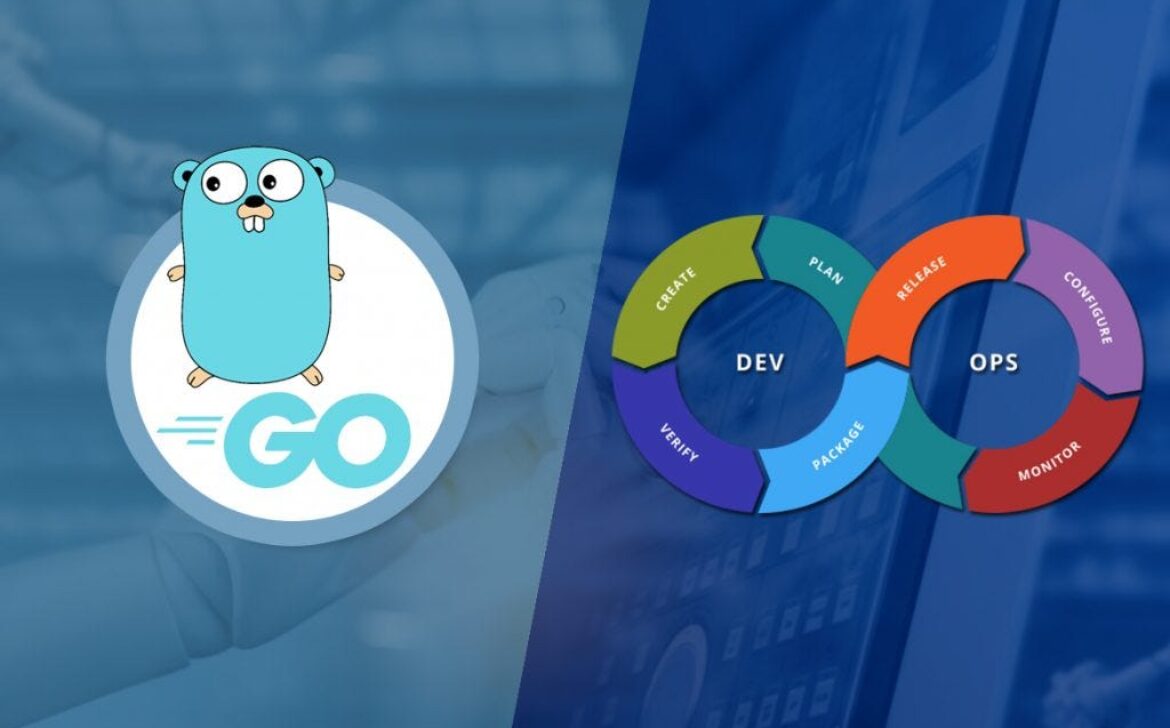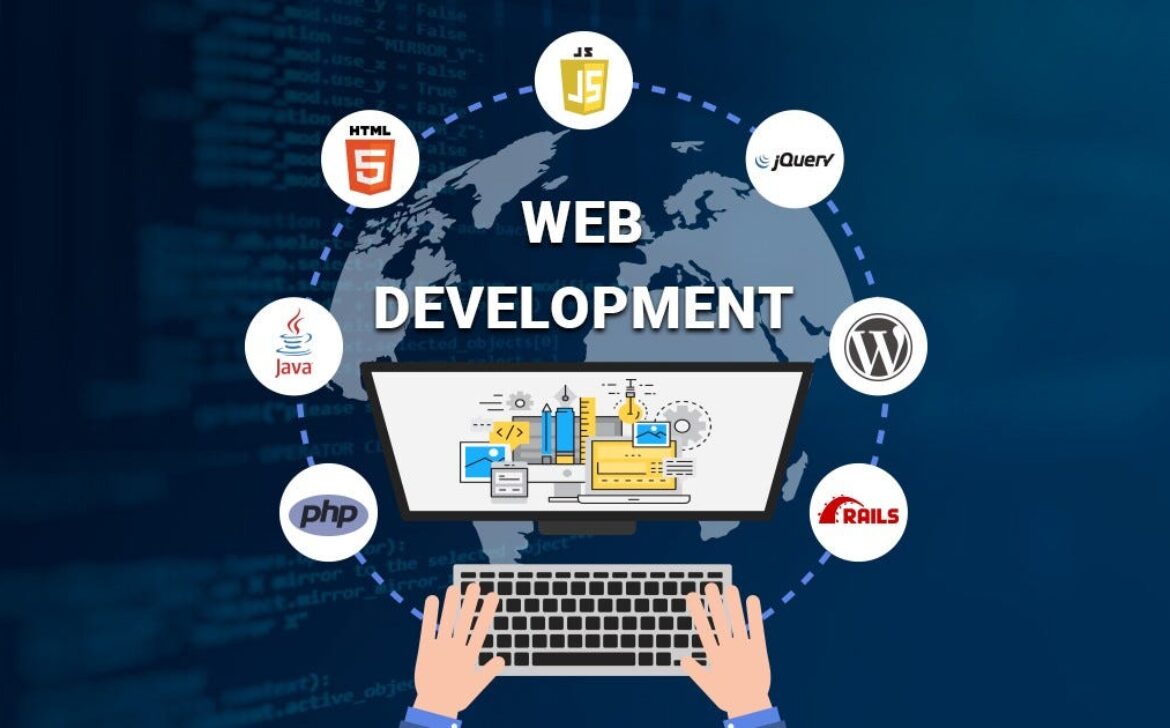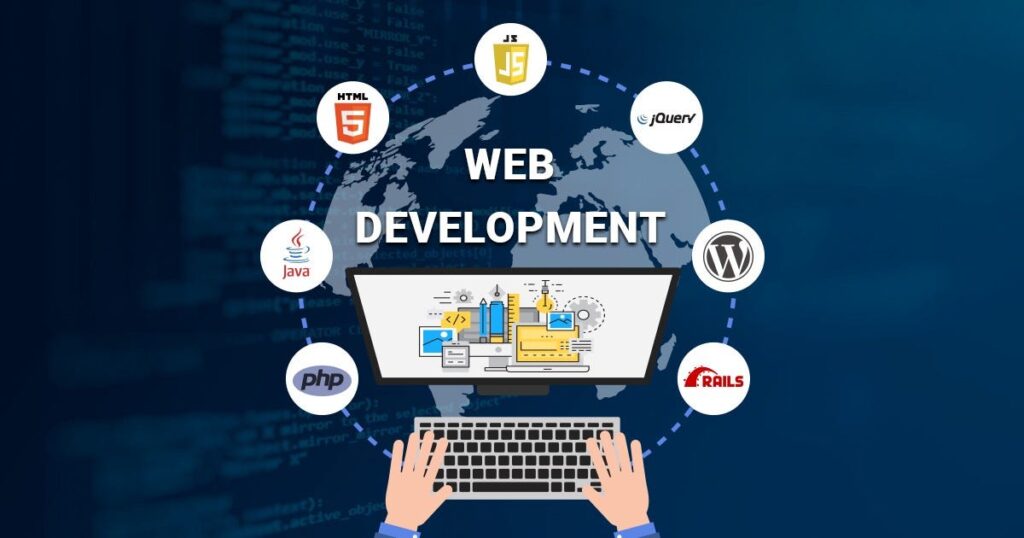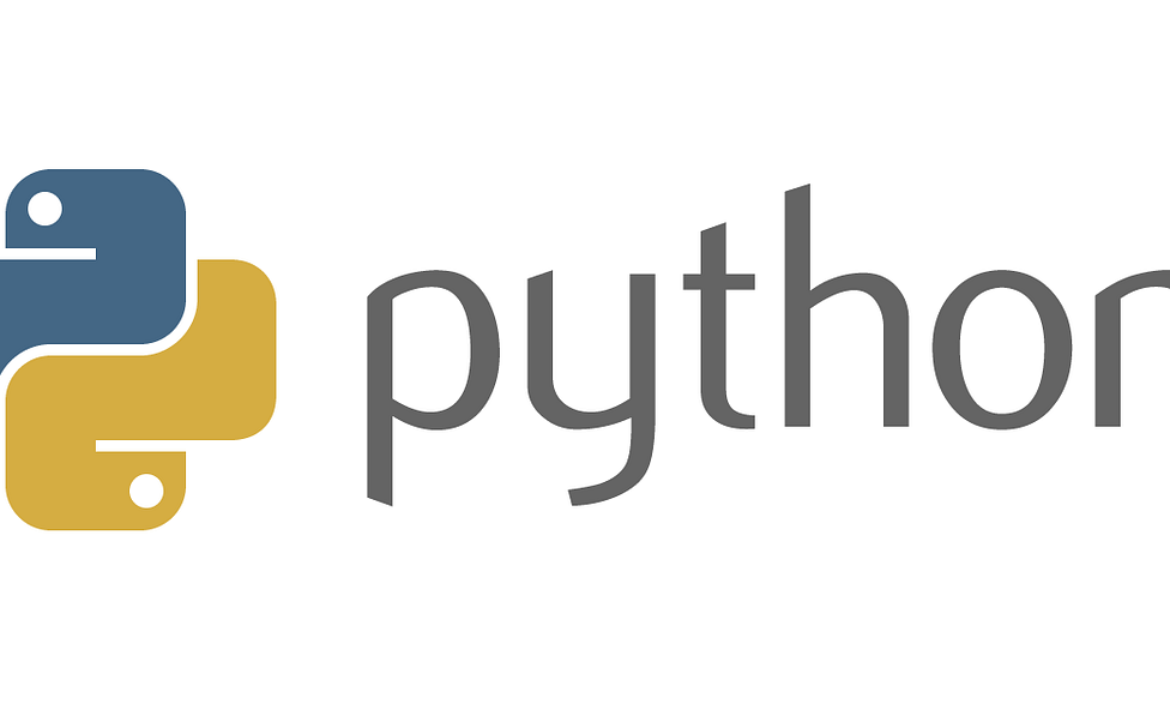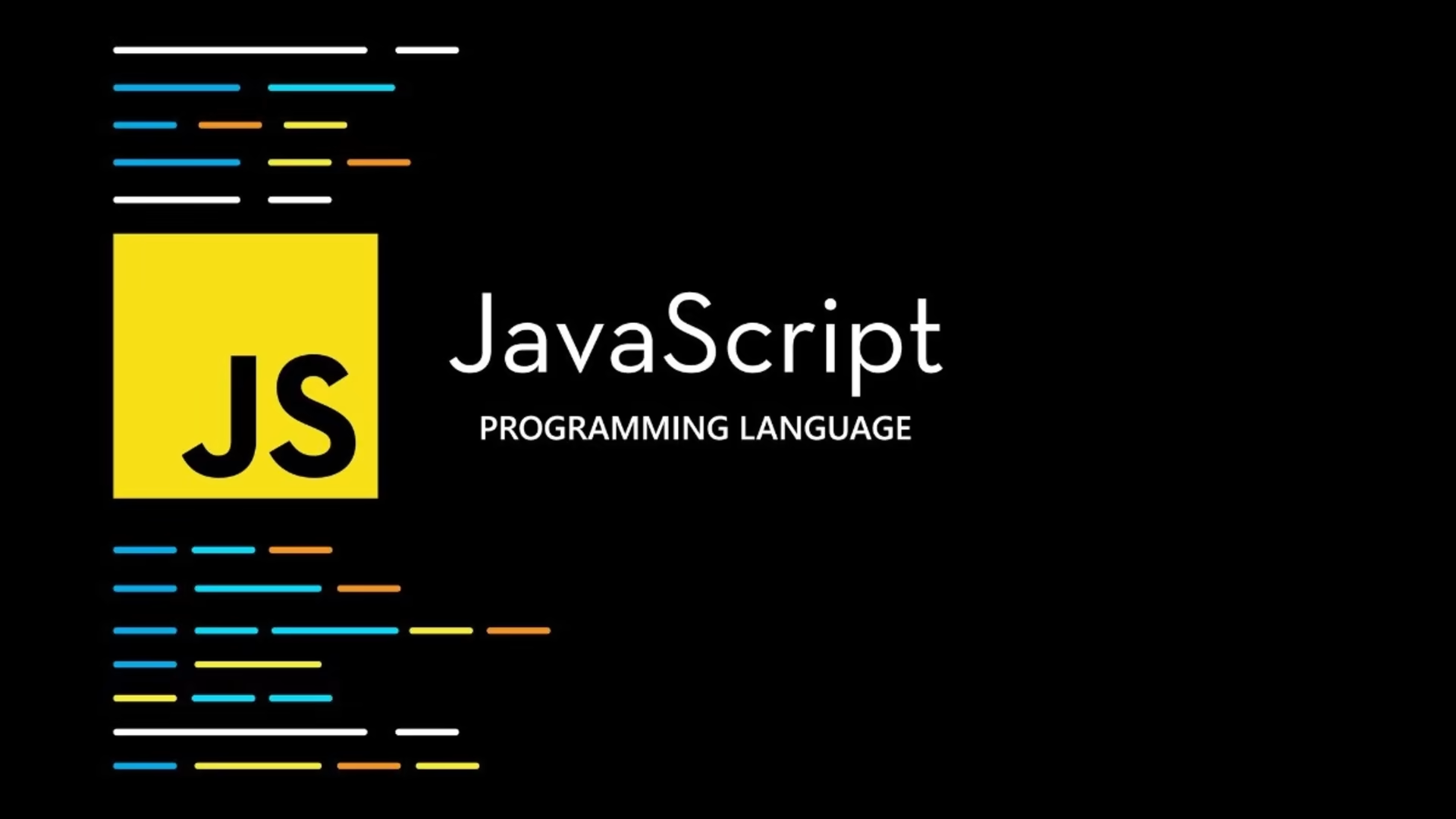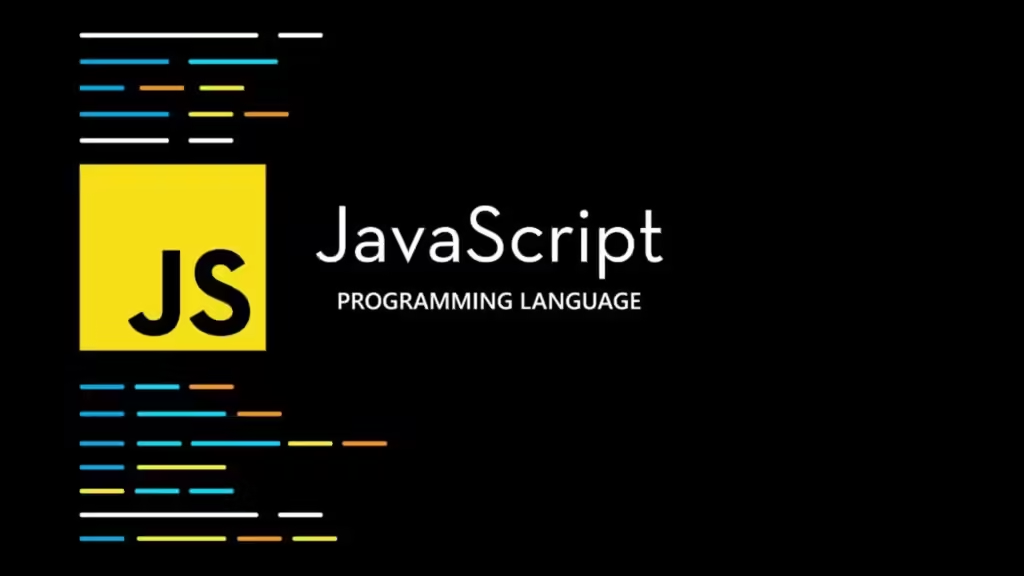Go Language for DevOps: Efficiency, Scalability, and Simplicity
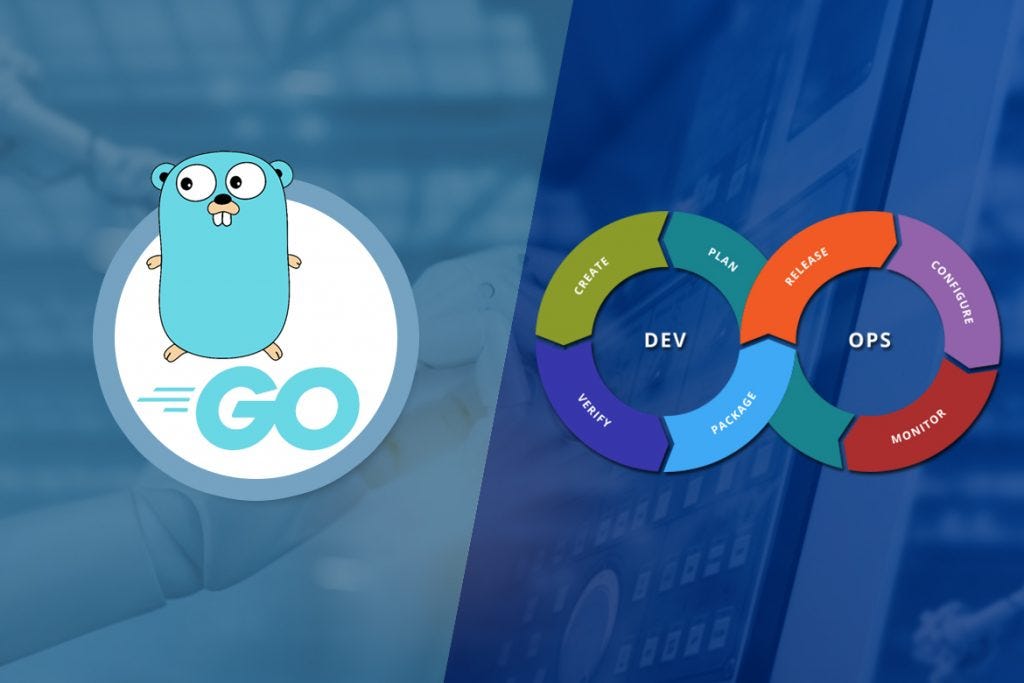
In the realm of DevOps, where agility, scalability, and reliability are paramount, choosing the right programming language can significantly impact the efficiency of your operations. One language that has gained considerable traction in the DevOps community is Go, also known as Golang. In this blog, we’ll explore why Go is an excellent choice for DevOps teams and how it can streamline your development and deployment processes.
Why Go for DevOps?
- Concurrency and Parallelism: Go is built with concurrency in mind, making it a natural fit for developing highly concurrent and parallel systems. This is crucial in DevOps, where tasks like handling multiple requests, managing containers, and orchestrating microservices are common. Go’s goroutines and channels facilitate concurrent programming without the complexities of traditional threading models.
- Performance: Go compiles to native machine code, resulting in highly performant binaries. This is advantageous in DevOps scenarios where applications need to scale efficiently, handle large workloads, and respond quickly to user requests. Whether you’re building APIs, CLI tools, or backend services, Go’s performance can make a noticeable difference in your system’s responsiveness.
- Cross-Platform Support: DevOps often involves managing diverse infrastructure across various platforms. Go’s cross-platform support allows you to write code once and deploy it seamlessly across different operating systems and architectures. This simplifies the development and deployment process, reducing compatibility issues and deployment overhead.
- Static Typing and Safety: Go is statically typed, which means many errors can be caught at compile time rather than runtime. This reduces the chances of unexpected crashes or runtime errors, leading to more robust and stable deployments. Additionally, Go’s strict typing promotes cleaner code and better codebase maintainability, essential factors in DevOps environments.
- Rich Standard Library: Go comes with a comprehensive standard library that includes packages for networking, encryption, testing, and more. This rich library ecosystem reduces the need for third-party dependencies, simplifies dependency management, and ensures consistent performance across different environments. DevOps teams can leverage these libraries to build resilient and feature-rich applications.
- Containerization and Microservices: With the rise of containerization and microservices architectures, Go has become a popular choice due to its small binary footprint and fast startup times. Tools like Docker and Kubernetes have excellent support for Go applications, allowing DevOps teams to deploy and manage containers effectively. Go’s simplicity and efficiency make it ideal for building microservices that can scale effortlessly.
Use Cases for Go in DevOps
- CLI Tools: Go’s simplicity and performance make it perfect for building command-line tools used in DevOps workflows. Whether it’s automating deployment tasks, managing infrastructure, or analyzing logs, Go’s fast execution speed and ease of development shine in CLI tool development.
- Web Services and APIs: DevOps often involves building and maintaining web services and APIs. Go’s built-in HTTP server, along with frameworks like Gin and Echo, enables rapid development of scalable and high-performance APIs. Go’s concurrency features also make it well-suited for handling multiple HTTP requests concurrently.
- Infrastructure as Code (IaC): Go can be used to write infrastructure automation code using tools like Terraform or Pulumi. This allows DevOps teams to define and manage infrastructure resources declaratively, improving consistency, scalability, and reproducibility of deployments.
- Monitoring and Observability: Go’s efficiency makes it a great choice for building monitoring agents, log processors, and observability tools. DevOps teams can leverage Go’s concurrency features to collect, process, and analyze system metrics and logs in real-time, enabling proactive monitoring and troubleshooting.
Conclusion
In the fast-paced world of DevOps, choosing the right programming language is crucial for achieving agility, scalability, and reliability. Go’s combination of concurrency, performance, simplicity, and rich standard library makes it a compelling choice for DevOps teams looking to streamline their development and deployment workflows. Whether you’re building CLI tools, web services, or managing infrastructure, Go empowers DevOps practitioners to build robust, scalable, and maintainable solutions. Embracing Go can elevate your DevOps practices and drive innovation in your organization’s digital transformation journey.

